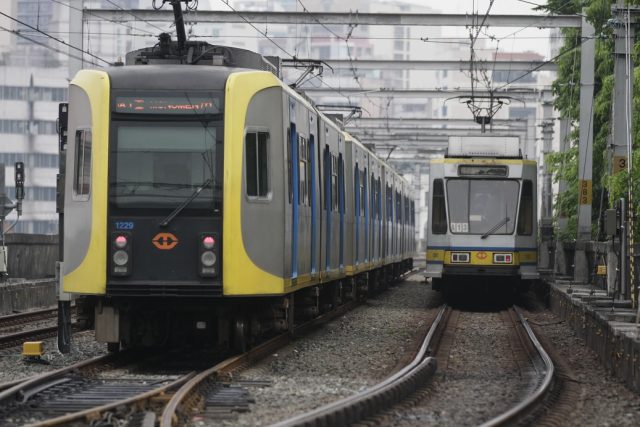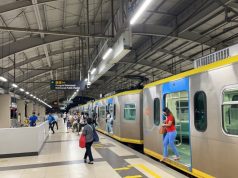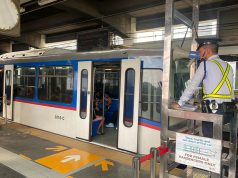MANILA – The private operator of LRT Lne 1 is spending P1 billion to rehabilitate old trains. The move is expected to result in more trips and a comfortable ride for passengers.
The LRT Line 1’s depot has been busy since the Light Rail Manila Corporation took over the train line’s operations.
Facilities were improved to put it on a par with European standards, and prepare for a huge task: rehabilitating a total of 139 trains.
Electrical and mechanical parts were replaced, and the body repainted.
It takes about a month for engineers to repair and refurbish LRT trains at their depot in Pasay City. After the process, however, nobody would actually think that these are 30-year-old trains.
The company has so far brought back to life 25 old trains, bringing to 103 the number of functional trains the public can use.
At least 19 more are being rehabilitated for deployment within two years.
According to Rudy Chansuyco, LRMC director, the company’s priority is to restore trains that are not yet running, “other than making sure that those that are running are in tip-top shape, meaning, they are reliable and safe to run.”
Because of the availability of more trains, the LRMC has asked the LRT administration
to move earlier its first trip out of Baclaran from 5am to 430am; and push back its last trip from Roosevelt, from 9:30 to 10:15pm.
Those who miss a train need not wait for long as headway between trains will be reduced from 8-10 minutes to just 6 minutes during off-peak hours.
“More LRVs translate to more capacity. So with more capacity, our passengers are more comfortable,” said Chansuyco.
“Fewer trains mean siksikan, the more trains medyo tama lang yung pag nasa loob ka ng train, if before face to face kayo, ngayon medyo lalayo kayo nang konti. Besides, when there are fewer people in one LRV, aircondition is more efficient, and so very comfortable.”
Still, even if LRMC is able to bring back non-functional trains from the dead, the government still needs to purchase new trains as the current fleet will not be enough once the LRT extension to Cavite becomes operational in two years.









